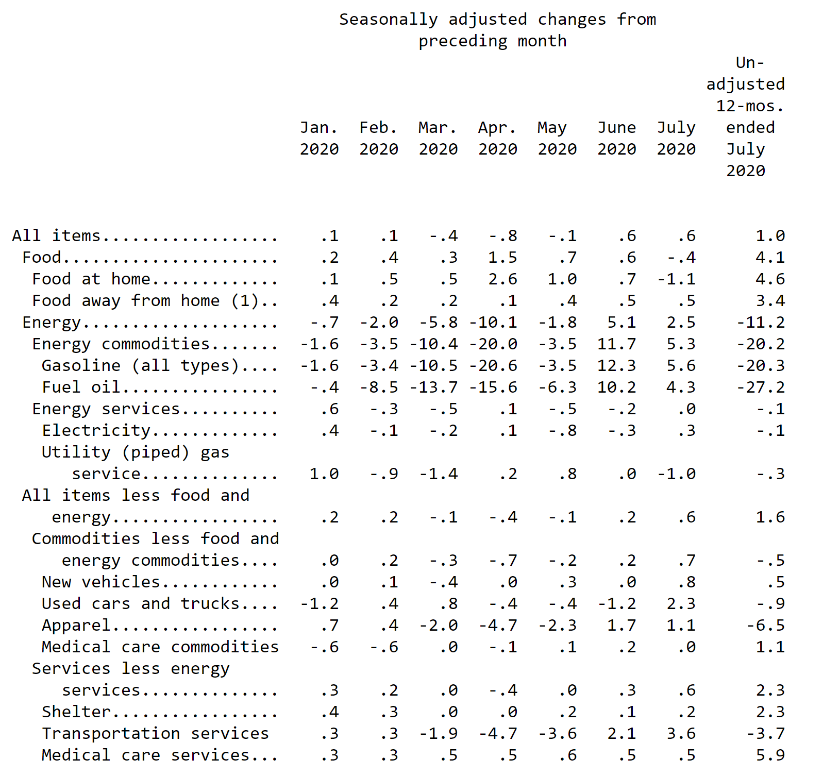Introduction
This paper will cover the Real Estate industry in the United States. The Real Estate industry is part of the Real Estate and Rental and Leasing sector, which includes renting and leasing assets and services, such as cars, houses, computers, and other goods (NAICS, 1). The Real Estate subsector includes investing in real estate, renting and leasing properties, and the activities related to that. This is an industry that involves most of the American population in some capacity, as everyone needs housing.
Size and/or Growth of Industry
The real estate industry is a significant part of the United States economy. With a real gross output of 3148.2 billion dollars in 2019, this segment of the economy accounts for 9.1% of the total real GDP of the United States for the same year (BEA, 2). The real estate business is also a major part of the Real Estate and Rental and Leasing sector, providing over 90% of its output (BEA, 2). Being one of the most profitable private segments of the economy, the real estate business is usually capable of adapting to the changes in macroeconomic factors.
Macroeconomic Indicator or Policy and Its Importance and Impact
As mentioned previously, the real estate industry tends to be relatively resilient to changes in macroeconomic factors. This is mainly because the demand for housing grows with the population, and it cannot fall below certain levels. Although in some extreme cases, many people might be unable to pay their rent, causing the real estate market to plunge, stable long-term growth is not affected by these rare instances.
From the macroeconomic indicators that could affect the real estate industry, the most noteworthy seems to be inflation. Inflation is the gradual increase in prices naturally occurring in any economy when the amount of money exceeds the number of equivalent goods. It usually occurs when demand for goods is high, as people do not feel the need to save their money. The currency will naturally lose its value over time, but the changes depend on many factors in the domestic and global economy. To make the market more secure, the Federal Reserve sets a target for inflation, which is usually 2% per year and tries to maintain it at that level.
Recent Trend

In recent years, inflation has often been lower than 2%, especially with the recent COVID-19 crisis. The latest data chart from the United States Bureau of Labor Statistics shows a 1% overall price increase in 2020 (3). The most prominent decreases in prices can be observed in the energy sector, where inflation fell by as much as 11.2% in total, and 27.2% in the fuel oil segment (3). The apparel and transportation prices have also decreased substantially, although the effect of the pandemic was not as devastating for these industries. Opposing the overall trend, real estate prices have increased by 2.3%, confirming the fact that its resistance to crises is higher than average (3). The current trend of low overall inflation rates will likely continue for at least 6 months before the economy fully recovers from the pandemic.
(3) Once the current crisis ends, the inflation trends will likely change. As businesses reopen, people will have more money at their disposal, and having an income will motivate them to spend money rather than save it. People commuting to work will increase fuel and transportation prices, and other parts of the economy will also grow. Since inflation has been low for several years, the federal reserve will likely need to compensate for that by allowing higher inflation after the crisis. However, the real estate business might not be positively affected by the increased inflation rates, as the demand for housing will not increase as quickly. This would cause some short-term losses for real estate investors, but the value of their properties will increase over time and compensate for that.
Conclusion
The real estate industry will perform well during the remaining months of the current crisis. However, as the economy reopens, there is a chance that inflation rates will rise dramatically for a brief period. This will increase the overhead costs for real estate investors who profit from lending their property to consumers. As prices rise for utilities such as electricity, it will be challenging to maintain profits without increasing rent. On the other hand, finding tenants that could pay more for the same house or apartment might be easier when people’s income grows to match the inflation rates. In addition, people who used fixed interest loans to purchase their properties will benefit from inflation, as the value of their houses will grow, while their debt will remain the same. To sum up, the real estate industry will have to adapt to the probable changes to the macroeconomic landscape, such as inflation, but the long-term viability of this segment is not threatened by the current and predicted trends.
Sources
53 – Real Estate and Rental and Leasing. NAICS Association. Web.
Interactive Access to Industry Economic Accounts Data: GDP by Industry. BEA. 2019. Web.
Consumer Price Index Summary (Chart). BLS. 2020. Web.